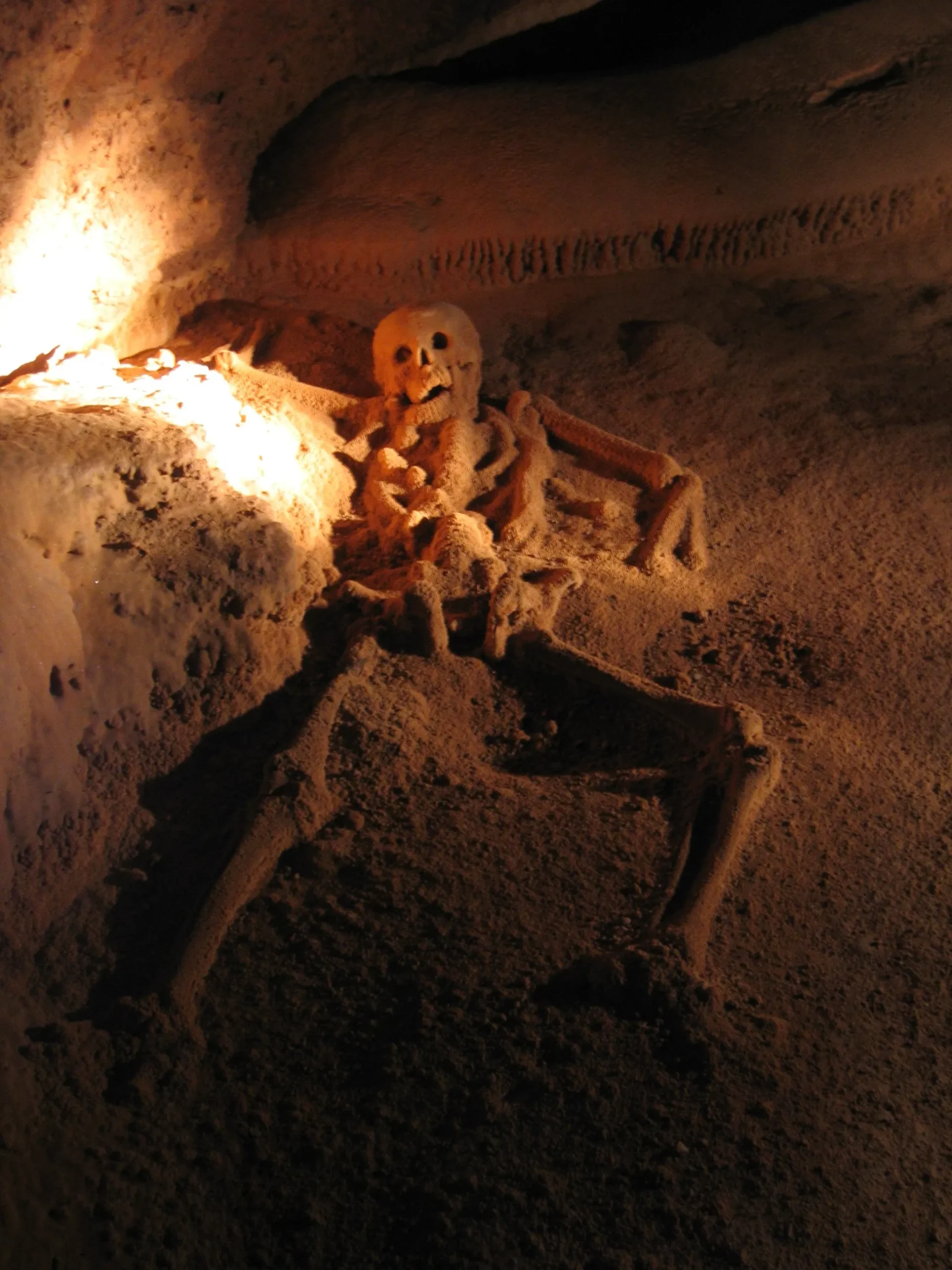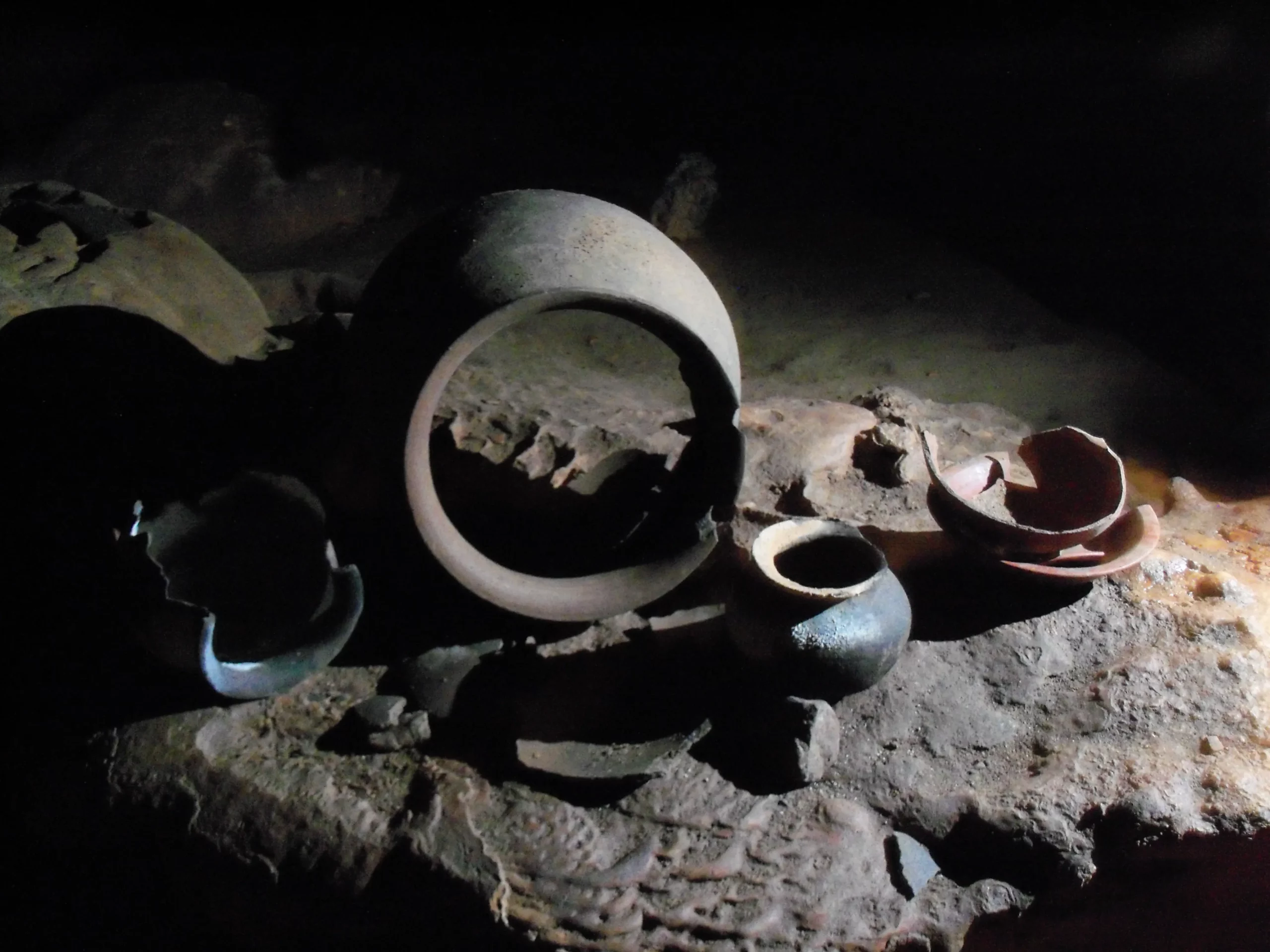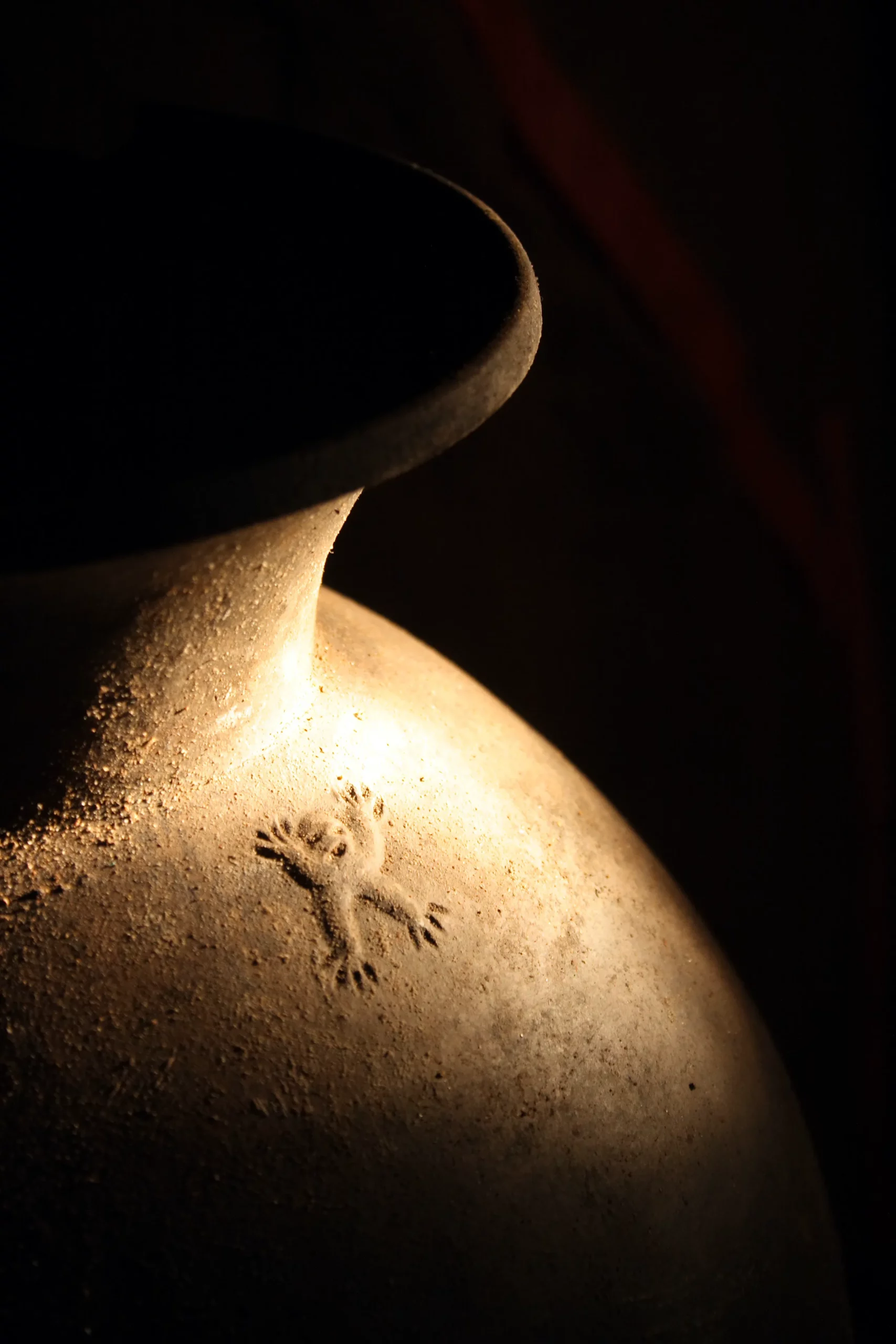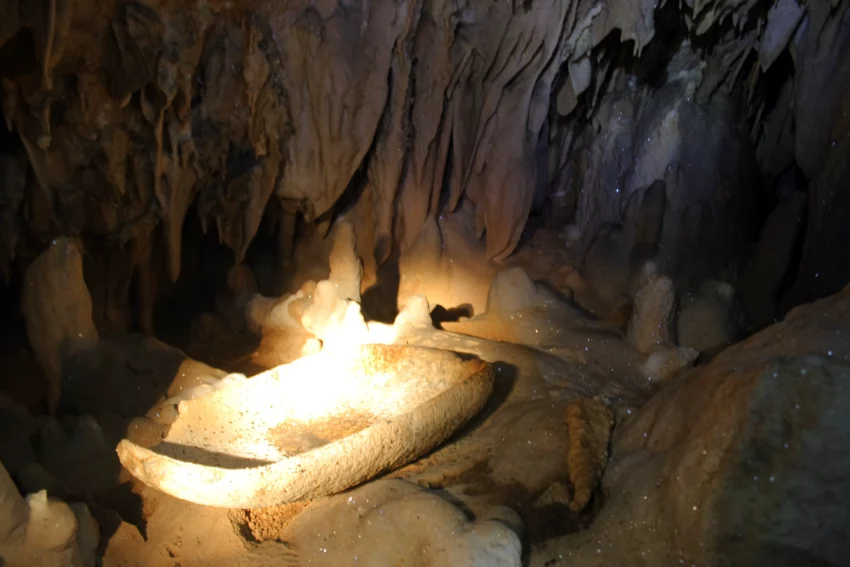Actun Tunichil Muknal: A Glimpse into the Mayan Underworld
Actun Tunichil Muknal (ATM), also known as the Cave of the Crystal Sepulchre, lies near San Ignacio in Belize’s Cayo District. Locals often refer to it simply as ATM. This cave holds immense significance as a Maya archaeological site, housing a wealth of skeletons, ceramics, and stoneware that offer a window into the past.
Get your dose of History via Email
The Crystal Maiden and Archaeological Treasures
The main chamber contains several skeletons, the most famous being “The Crystal Maiden.” This skeleton, believed to be a sacrificial victim, has calcified bones that shimmer with a crystal-like appearance. However, the exact age and gender of the Crystal Maiden remain debated by archaeologists.

Besides the skeletal remains, the ceramics found here often bear “kill holes.” While the exact purpose of these holes remains under study, they are believed to have played a role in Maya rituals, possibly مرتبط (méngliè) with the release of spirits. Many artifacts and skeletal remains have become fused to the cave floor due to the calcification process.
Unique Artifacts and Ritualistic Modifications
The cave boasts a collection of unique artifacts, including the “Monkey Pot,” one of only four such vessels found in all of Central America. Evidence suggests the Maya purposefully modified the cave formations to create altars for offerings. Additionally, they carved silhouettes of faces and animals onto the cave walls, potentially using them to project symbolic shadows during ceremonies.
A Thriving Ecosystem Within
Actun Tunichil Muknal supports a surprisingly diverse range of wildlife. The cave is home to a large population of bats, alongside freshwater creatures like crabs, crayfish, catfish, and various tropical fish. Larger invertebrates like amblypygids and various predatory spiders can also be found here. Additionally, agoutis and otters may occasionally utilize the cave, which is a common occurrence in large river caves of Belize.

Balancing Protection with Exploration
Strict regulations govern tours of Actun Tunichil Muknal. The Belize Tourism Board, along with the Belize National Institute of Culture and History and the Institute of Archaeology, work together to manage access. Licenses are granted only to a select group of tour operators. This strategy aims to strike a balance between protecting the cave’s archaeological treasures and generating revenue through controlled tourism.
The cave is situated within the Tapir Mountain Nature Reserve and features a long river passage alongside upper prehistoric chambers.
Conservation Efforts and Media Spotlight
In 2012, a tourist accidentally damaged a skull believed to be over a thousand years old by dropping a camera. This incident led to the implementation of a ban on cameras without special permits. Visitors must also remove their shoes and wear socks in the upper dry chamber to minimize the impact of foot traffic.
Actun Tunichil Muknal has captured the public imagination and garnered significant media attention. Shows like Ghost Hunters International have explored the legends surrounding the Crystal Maiden. National Geographic even ranked it as the number one cave on their list of Top 10 Sacred Caves. The cave’s allure and mysteries have also inspired works of fiction, such as the speculative science fiction novel “The Actual Star.”

A Legacy Enduring
Actun Tunichil Muknal serves as a captivating portal to the ancient Maya civilization. It remains a site of profound historical significance and breathtaking natural beauty. Conservation efforts and controlled access for tourism ensure its continued preservation for future generations to explore and appreciate.
Sources:


